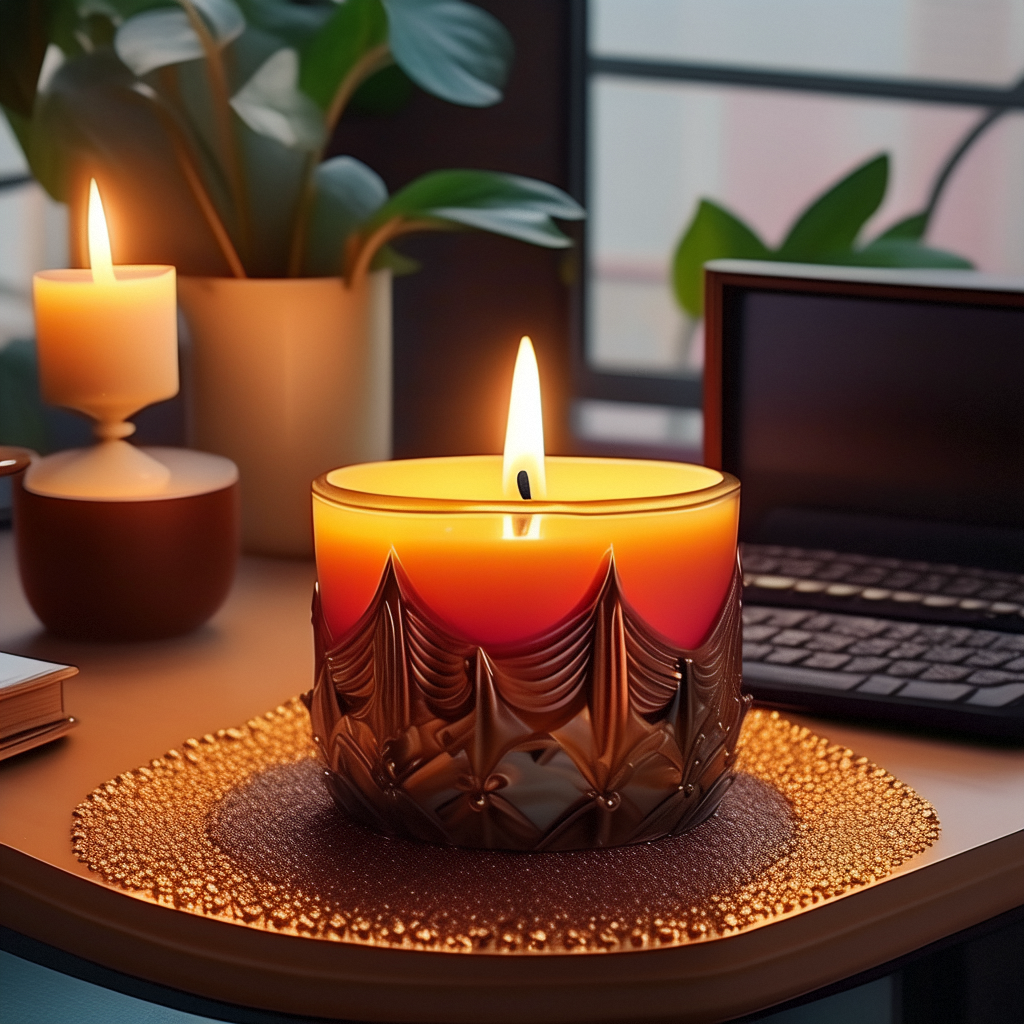The Making of Scented Candles: From Raw Materials to Finished Product
Scented candles are more than just decorative items; they bring warmth, ambiance, and a pleasant aroma to any space. But have you ever wondered how these fragrant candles are made? The process involves careful selection of raw materials, precision in manufacturing, and a touch of creativity. Here’s a look at the journey of a scented candle, from raw materials to the finished product.
1. Raw Materials Selecting the Wax
The foundation of any candle is its wax. There are several types of wax used in candle making, each offering different benefits:
- Paraffin Wax: The most common type, paraffin wax, is affordable and easy to work with, providing excellent scent throw.
- Soy Wax: A natural, renewable resource, soy wax burns cleaner and longer, making it popular among eco-conscious consumers.
- Beeswax: Known for its natural honey scent, beeswax is another eco-friendly option that burns slowly and emits fewer toxins.
- Coconut Wax: This luxurious wax is a newer addition to the market, offering a creamy texture and excellent scent throw.
2. Adding Fragrance
The fragrance is what sets scented candles apart from regular ones. Candle makers use essential oils or fragrance oils to create unique scents. Essential oils are derived from natural sources like plants and flowers, while fragrance oils are synthetically produced to offer a wider range of scents. The key to a good scented candle is finding the right balance of fragrance oils, ensuring that the scent is strong but not overpowering.
3. Choosing the Wick
The wick is crucial to how a candle burns. Different waxes and candle sizes require different wick types:
- Cotton Wicks: These are the most common and are typically used for their clean, steady burn.
- Wooden Wicks: Known for their crackling sound, wooden wicks add an extra sensory experience to the candle.
- Hemp Wicks: A more sustainable option, hemp wicks are durable and burn evenly.
4. Melting and Mixing
Once the materials are selected, the wax is melted down to a liquid state, typically at a temperature between 160°F and 200°F (70°C to 90°C). After melting, the fragrance oil is added to the wax. The mixture is then stirred thoroughly to ensure the scent is evenly distributed throughout the wax.
5. Pouring and Setting
The melted wax is then carefully poured into candle molds or containers, where the wick has already been placed. This step requires precision to avoid air bubbles and ensure a smooth finish. The candles are then left to cool and solidify, which can take several hours.
6. Trimming and Packaging
Once the candles have fully set, the wicks are trimmed to the appropriate length, usually about ¼ inch (6mm) above the wax surface. The candles are then inspected for quality, labeled, and packaged, ready to be shipped to stores or customers.
Final Thoughts
The making of scented candles is a meticulous process that combines science, artistry, and craftsmanship. From selecting the finest raw materials to carefully balancing fragrance and function, every step is crucial in creating a product that not only smells divine but also enhances the atmosphere of any space. Next time you light a scented candle, you’ll know just how much care and expertise went into making it.

